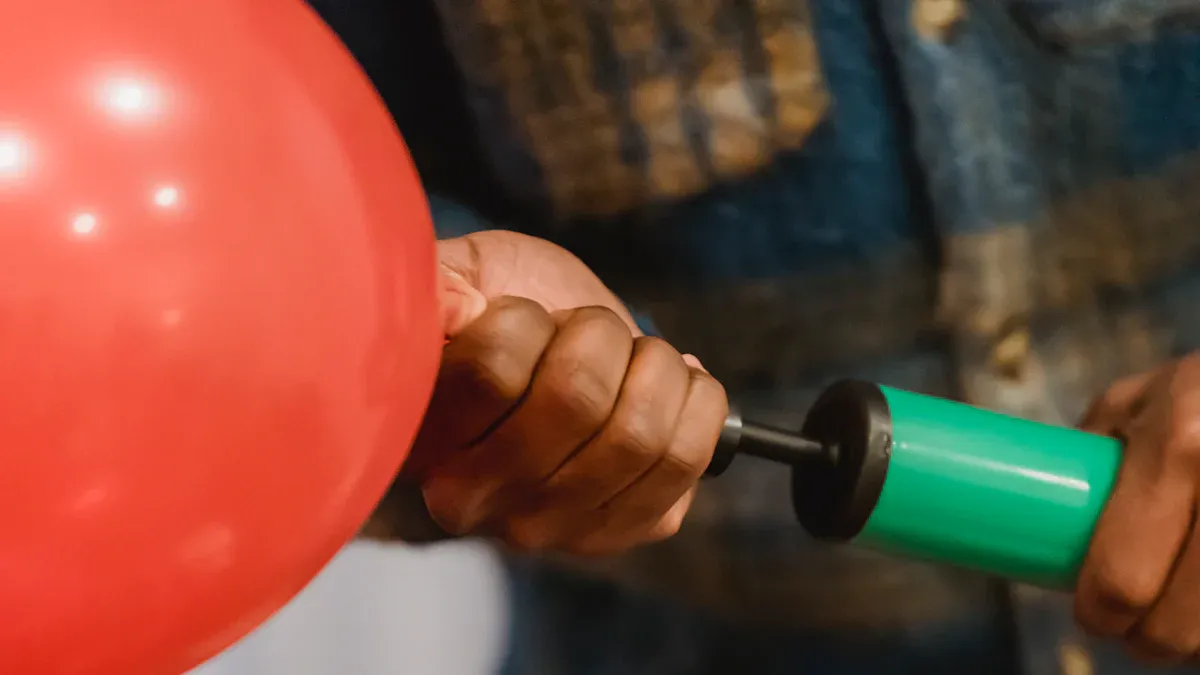1. Creative Plate Designs and Ideas
Plates are a kind of tableware we use every day. In the West, plates are also one of the most commonly used tableware. In addition to pots, Westerners use them to hold food, which is of great significance. When serving dishes on a plate, it is more convenient to pick up the dishes, and the heat dissipation is also better.
Since ancient times, everyone has a heart for beauty, and everyone loves beauty and likes beautiful things. In the progress of the times, more and more products begin to pay attention to design, not only for beauty, but also for the advantages of humanization, convenience, power, and low cost.
In line with contemporary design products – European-style plate industry’s pursuit of survival aesthetics, innovation and polishing around technology, convenience, safety, quality, etc. It is more beautiful and smooth, with exquisite materials and craftsmanship, noble texture, and elegant shape, giving people avant-garde technology, safe and reliable, and well-designed products
2. The material and texture of the plate
High-value, high-quality, and creative plates are full of European style. It is designed with electroplating process, giving people a light luxury and retro feeling. The surface is textured and has a concave-convex feeling. It is not only non-slip but also beautiful, and the grip is comfortable. The large-capacity design is used for arranging plates and putting desserts, which is both beautiful and convenient.
The plates are made of high-quality plastic material. Plastic plates also have the advantages of plastic plates. Plastic plates are not easy to break. If you have children at home, you can choose this plate, but you must see the material label of the plate when choosing. If you choose food-grade materials, the freshly cooked rice will be relatively hot. After the plastic collides with hot things, harmful substances may be produced. Be careful when choosing materials.
3. The important role and significance of plates in life
In daily life, we often use various dishes, such as dinner plates, bowls, ladles, basins, etc. These plates can be used to hold food, fruits, vegetables and other items, and can also be used for decoration, display and other purposes.
·With the improvement of material living standards, the plate is not only a container or a symbol, but also slowly develops into a kind of art. Art designers innovatively design plates of various materials and shapes to create plates of square, oval, and irregular shapes. At the same time, various patterns, patterns and creative elements are added to add more flavor to the plate. beauty.
·Plates also play an important role at restaurants and family dinner tables. Different dishes require different plates to serve, and the shape, size, and color of the plates will also affect the presentation of the entire dish. Therefore, the design and selection of plates is also a very important task, which needs to take into account various factors, such as food color, texture, shape and the way of serving.
·Plates also play an important role in the field of environmental protection. With the gradual strengthening of environmental awareness, more and more people begin to pay attention to the choice of plates and other tableware. Traditional plastic tableware has a short service life and is more polluting to the environment, while plates made of recyclable or biodegradable materials have better environmental protection effects.
·Plates can also be used as dessert decorations, such as desserts or snacks at weddings. Not only has practical value, the plate is also a gift option. In various traditional festivals and occasions, people usually choose exquisite plates as gifts to express friendship and wishes.

4. Usually we also encounter times when the dishes are not clean, now I will teach you a few ways to clean them:
1. Milk deodorization method: first clean it with detergent, then pour two soups of key fresh milk into the plastic tableware, cover it, shake it, make every corner of the cup contact with the milk, about one minute, and finally pour Drain the milk and clean the plastic dishes.
2. Orange peel deodorization method: first wash it with detergent, then put the fresh orange peel in the container, cover it, and put it for about 3 to 4 hours to rinse it off.
3. Use waste tea leaves to remove odor. There is a fishy smell in the plastic tableware, first scrub it with waste tea leaves, and then rinse it with clean water, and the fishy smell will be eliminated.
4. Soak in salt water for 30 minutes.
5. Generally do not use disinfectant potions, which contain chemical substances, which are extremely harmful to the human body. It is best to boil them in boiling water for three to five minutes. It can not only remove the smell of plastic, but also play a role in disinfection and sterilization.
6. Soak it in edible vinegar for 30 minutes, then wash it off with water, the effect is also good.
7. Put a few pieces of tea leaves or lemons in the new one, then add boiling water to soak for about a day.
5. Is the plated plastic plate easy to fade?
Electroplating plastic is a common surface treatment method. By coating a layer of metal on the plastic surface, it can improve the strength and aesthetics of the plastic. However, many people have doubts about the durability of electroplated plastics and whether they are easy to fade.
First of all, the durability of electroplated plastics is not absolute, it will be affected by the external environment and change. Under normal use, the surface of electroplated plastic can maintain a certain degree of durability, but if it is subjected to strong chemicals or high temperatures, its surface is likely to discolor or fade.
Second, the durability of plated plastics is also affected by the operating process. In the process of electroplating, if the operation is improper or the electroplating layer is uneven, the surface of the electroplated plastic will be oxidized and peeled off, which will affect its aesthetics and durability.
In general, the durability and fading of electroplated plastics mainly depend on the quality of their surface treatment and the influence of the external environment. If a high-quality plating process is used and used under normal conditions of use, the surface of the plated plastic can maintain a certain degree of durability. However, if it is affected by strong chemicals or high temperature, or if the plating layer is uneven due to improper handling, the surface is likely to be discolored or faded. Therefore, when purchasing and using electroplated plastic products, you need to pay attention to their quality and use environment to ensure their durability and aesthetics.
6. What is the plastic electroplating process
1. Chemical degreasing
To prevent deformation and dissolution of plastics, the adaptability of degreasing fluid to plastics should be considered. When using an alkaline degreasing fluid, attention should be paid to the operating temperature to prevent deformation; when using an organic solvent for degreasing, attention should be paid to whether it dissolves plastic.
2. Coarsening
In order to improve the bonding strength, it is necessary to increase the contact area between the coating and the substrate as much as possible. There are two methods of roughening: mechanical roughening and chemical roughening. Mechanical roughening such as sandblasting, tumbling, sanding with sandpaper, etc. Chemical roughening can quickly make the surface of the workpiece microscopically rough, and the roughening layer is uniform and fine, without affecting the appearance of the workpiece.
3. Electroless plating
From an economic point of view, electroless copper plating has the lowest cost and is widely used. The electroless copper plating layer is copper red in appearance and cannot be used as a decorative and protective layer. It is usually used as a conductive layer for electroplating thickened coatings such as non-metallic and printed circuit board hole metallization. Electroless copper plating can only plate a conductive source on plastic parts, and the plating layer is very thin. If you want to continue to thicken other plating layers, you must first use electroplating copper to thicken the electroless copper plating layer. When electroplating copper, acid copper plating or alkaline copper plating can be used. After the plastic parts are electroplated with copper, they can continue to be electroplated with other metal coatings as required.
































